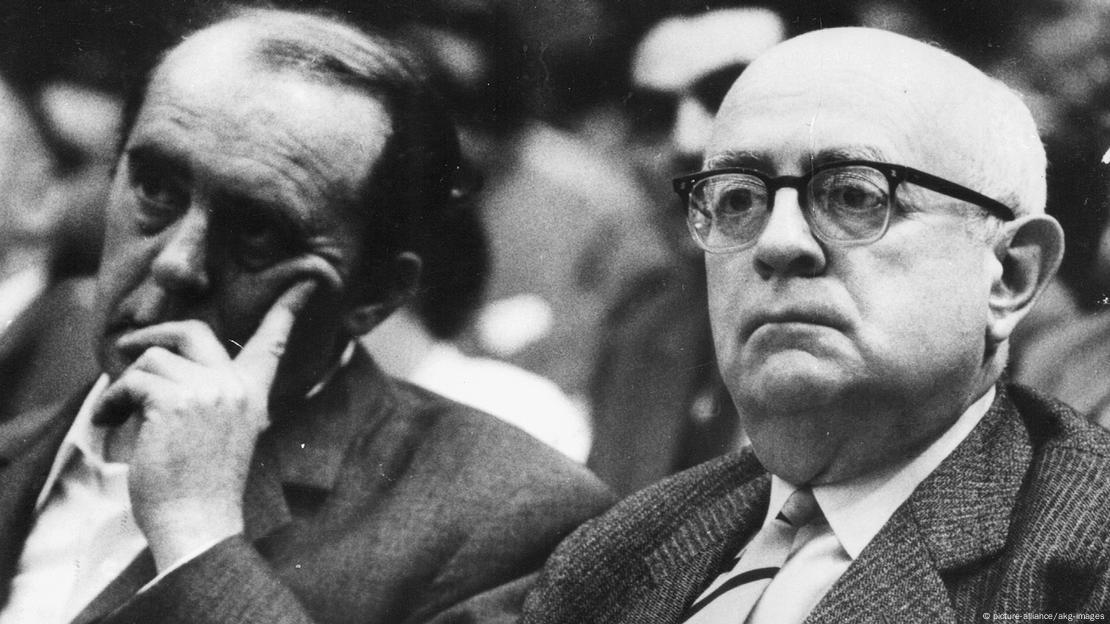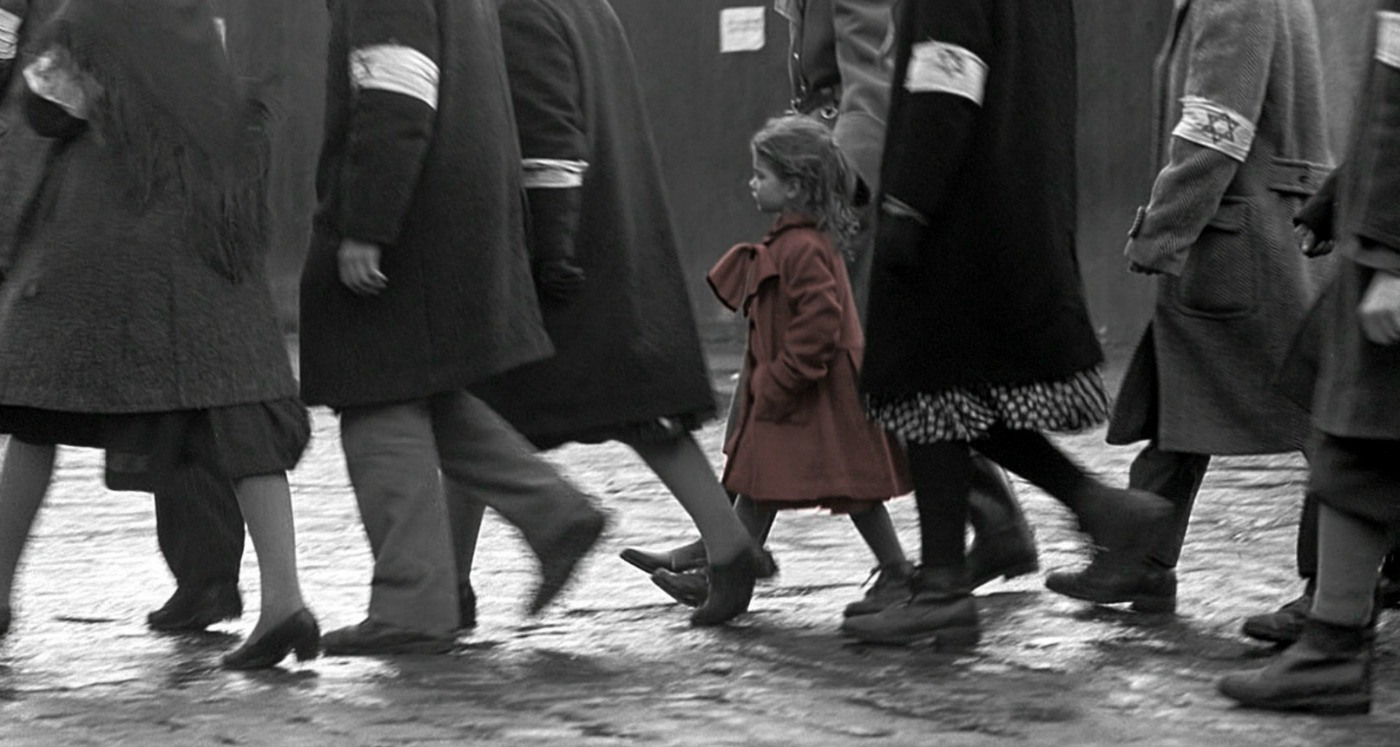![Son of Saul and the Holocaust portrayal [AYO RECOMMENDATION]](https://news.ayozat.com/default-image/default-730x400.png )
Son of Saul and the Holocaust portrayal [AYO RECOMMENDATION]
There is, nowadays, a heavy discussion about the way of depicting the Holocaust in modern cinema (a so-called memory discourse).
Words by Jan Tracz
For example, famous philosopher, Theodore Adorno, believed that these disheartening moments of human history shouldn’t be banned from the social consciousness, but they are somehow – unfortunately – modified in nowadays pop culture. Adorno linked his notion to the Bilderverbot (modern culture leading to “the prohibition of graven images”) and mimesis, an approach taken from the Ancient Greeks (meaning “imitation” of historical events).

Theodor W. Adorno (right) with writer Heinrich Böll (Image: picture-alliance/akg-images)
If a Hollywoodian Schindler’s List somehow encapsulates the entirety of the Holocaust experience, then Son of Saul, the directorial debut for László Nemes, only captures a small fraction of the whole Jewish extermination (it conveys the perspective of one person). And, paradoxically, it evokes much stronger feelings for the audience. It appears that the film’s purpose is straightforward in its interpretation: Nemes adopts Adorno’s approach as a paradigm of Son of Saul, as he believes that Holocaust should be portrayed in a real, naturalistic technique. However, he refuses to imitate (through his film) the memory “in its entire, proper way”. He is willing to picture it through his idea (which I will explain below). Naturally, mimesis is the second crucial factor that evokes various emotions: through the actors, scenography, costumes, or even dialogues related to the history of Sonderkommando’s operations which was a work unit made up for Nazi death camp prisoners.

Schindler's List (Steven Spielberg, 1993)
And it is nothing new: Schindler’s List made use of the same elements. However, the essence of Hungarian film is its daring cinematography. The director uses original point-of-view shots, which are nothing more than putting a camera behind the back of the protagonist and following his traces through the entire movie. It seems that is the main hero, who is the bearer of the horrendous events, not the spectator of the film. He is a bearer in the sense that he perceives them through his viewpoint and sensitivity, so we (the audience) do not have to do it later. What I mean is that Nemes deliberately makes a statement: he wants us to remember not through the image, but through the senses. People already suffered enough, so we, humanity, do not have to experience the same visualisation of death and constraint. But the audience still has to comprehend these events as a warning for new generations.

Son of Saul (László Nemes, 2015)
That is why Nemes mostly uses diegetic sound, not film images, like screams from the gas chamber. Only sometimes he reminds us of the actual images of suffering (there is a scene wherein the background naked prisoners are killed, but Nemes still focuses on Saul’s presence; his affections are the most important). Consequently, the spectator centres attention on what exactly tends to happen to Saul’s body when the hero’s subconsciousness needs to handle the whole disaster; in the film, Saul experiences emotional numbness. We are being asked: do we want to see one hundred per cent of the truth about these war crimes, if the film’s image is already terrifying?

Son of Saul (László Nemes, 2015)
J. Hoberman once asked: “Is it possible to make a feel-good entertainment about the ultimate feel-bad experience of the 20th century?” Probably yes, and Spielberg’s production adheres to that question. But to rephrase Hoberman’s examination, luckily, it is also possible to make a feel-bad entertainment about the ultimate feel-bad experience of the 20th century: and this “amusement” is embodied in the Son of Saul, our today's recommendation for the weekend screening.


